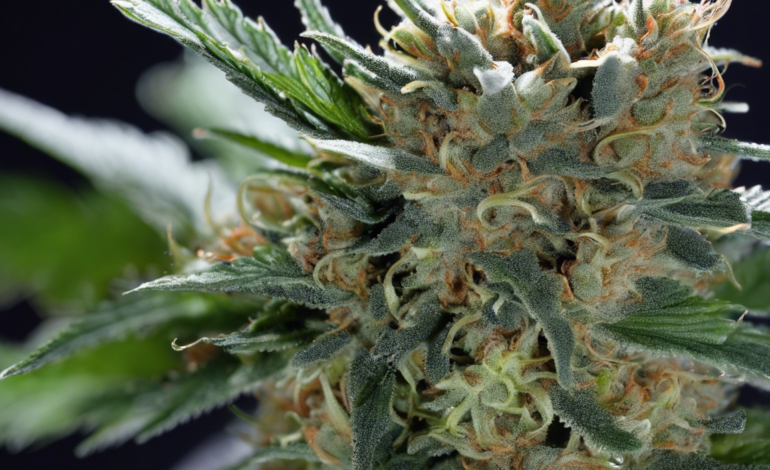
Current President of India: Bharat Ka Rashtrapati Kaun Hai
The current President of India is Ram Nath Kovind. He took office on July 25, 2017, succeeding Pranab Mukherjee. Ram Nath Kovind is the 14th President of India and serves as the head of state of the Republic of India. Before assuming the presidency, Kovind served as the Governor of Bihar from 2015 to 2017.
Role of the President of India
The President of India holds a ceremonial position and is considered the first citizen of the country. The role of the President is largely ceremonial, but he plays a crucial role in the functioning of the Indian government. The President’s powers include:
1. Executive Powers: The President is the head of the executive branch of government. He appoints the Prime Minister, who is usually the leader of the majority party in the Lok Sabha (House of the People).
2. Legislative Powers: The President has a role in the legislative process. He summons and prorogues both Houses of Parliament, and he can also dissolve the Lok Sabha.
3. Financial Powers: The government’s financial bills cannot be introduced in Parliament without the President’s prior approval.
4. Diplomatic Powers: The President represents India in international affairs. He receives foreign dignitaries and also accredits Indian ambassadors to other countries.
5. Military Powers: The President is the Supreme Commander of the Indian Armed Forces.
Election Process of the President of India
The President of India is elected by an electoral college consisting of:
- Members of both Houses of Parliament
- Members of the Legislative Assemblies of States
- Members of the Legislative Assemblies of Union Territories
The election process is an indirect one, with the citizens not directly voting for the President. The President is elected by a simple majority, with each member of the electoral college having a weighted vote.
Qualifications for President of India
To be eligible for the office of the President of India, a candidate must:
- Be a citizen of India
- Be at least 35 years old
- Be qualified to be a member of the Lok Sabha (House of the People)
Term of Office
The President serves a five-year term in office. However, the President can be re-elected for more than one term.
Removal of the President
The President of India can be removed from office if he violates the Constitution of India. The process for the removal of the President is of an impeachable nature and involves charges of violating the Constitution being leveled against the President in the form of an impeachment motion in the Parliament.
Frequently Asked Questions (FAQs)
1. Can the President of India veto laws passed by the Parliament?
No, the President does not have the power to veto laws passed by the Parliament. However, he can return a bill, known as his ‘reserved power,’ for reconsideration.
2. Who is the President of India’s immediate successor in case of a vacancy in the office?
In case of a vacancy in the office of the President, the Vice President acts as the President until a new President is elected.
3. Has India ever had a female President?
Yes, India has had a female President. Pratibha Patil served as the 12th President of India from 2007 to 2012.
4. How can the President of India be removed from office?
The President of India can be removed from office through impeachment. This involves charges being brought against the President in the Parliament.
5. Does the President of India have any judicial powers?
No, the President of India does not have any judicial powers. He cannot intervene in judicial matters or commute sentences.
6. What is the eligibility criteria for a candidate to contest the Presidential elections in India?
To contest the Presidential elections in India, a candidate must be:
– A citizen of India
– At least 35 years old
– Qualified to be a member of Lok Sabha
7. Can the President of India pardon a convicted criminal?
Yes, the President of India has the power to grant pardons and reprieves to convicted criminals under Article 72 of the Indian Constitution.
8. Can the President’s decisions be questioned in a court of law?
The President’s decisions cannot be questioned in a court of law as long as they are within the ambit of the Indian Constitution and are made in consultation with the Council of Ministers.
9. Is the President of India a part of the Parliament?
No, the President of India is not a member of either house of the Parliament. However, he has the power to address and send messages to the Parliament.
10. Can the President dismiss the Prime Minister of India?
The President of India does not have the power to dismiss the Prime Minister. The Prime Minister can only be removed through a vote of no-confidence in the Lok Sabha.

